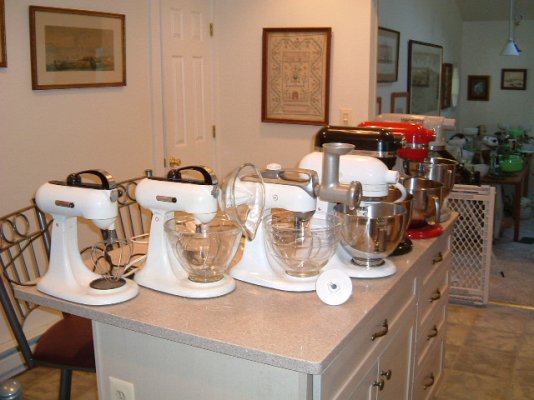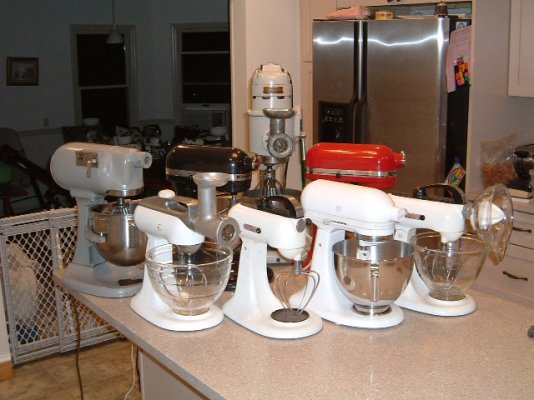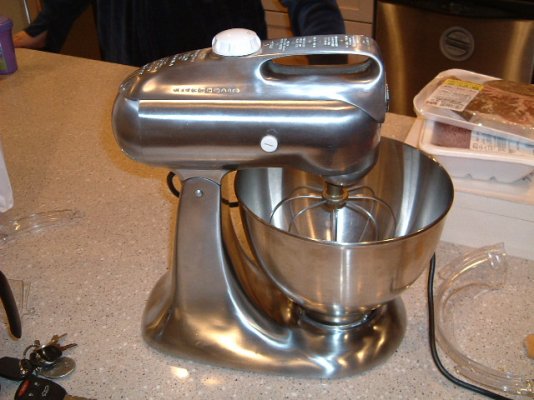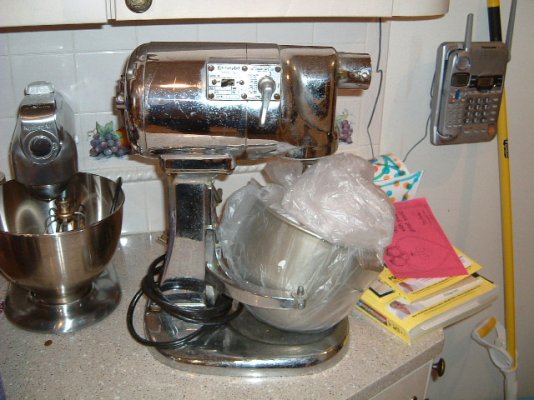Corey123
Washing Up
Then what you're saying, SpiceUmUp, is that K'Aid mixers used nylon gears even back when Hobart made them, hey? Wouldn't have known it. I thought that they were metal back then. Guess I never really pushed the mixer to the limit. Not that I ever planned to.
I imagine that good common sense and regular use according to the instruction manual has kept the mixer in good standing all these years! Also staying within the means of proper use and no torture.
I once had an Oster Kitchen Center, which had necessitated using speed 10 (highest speed) for making dough. It was the very first machine that allowed me to make dough. But it was kind of noisy at that speed ( it was normal).
I also once had a 5-qt. Kenwood which also allows dough making. That one, along with Delonghi and Viking also have overload protection for the motor.
~Corey123.
I imagine that good common sense and regular use according to the instruction manual has kept the mixer in good standing all these years! Also staying within the means of proper use and no torture.
I once had an Oster Kitchen Center, which had necessitated using speed 10 (highest speed) for making dough. It was the very first machine that allowed me to make dough. But it was kind of noisy at that speed ( it was normal).
I also once had a 5-qt. Kenwood which also allows dough making. That one, along with Delonghi and Viking also have overload protection for the motor.
~Corey123.
Last edited:





